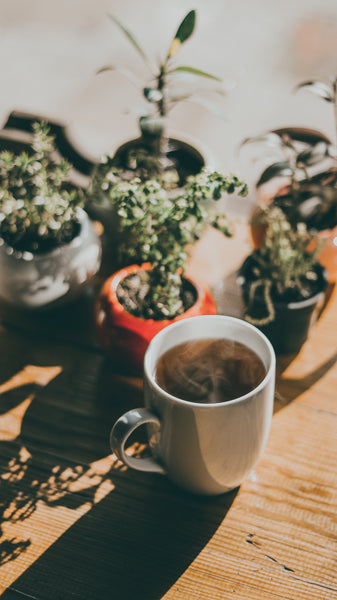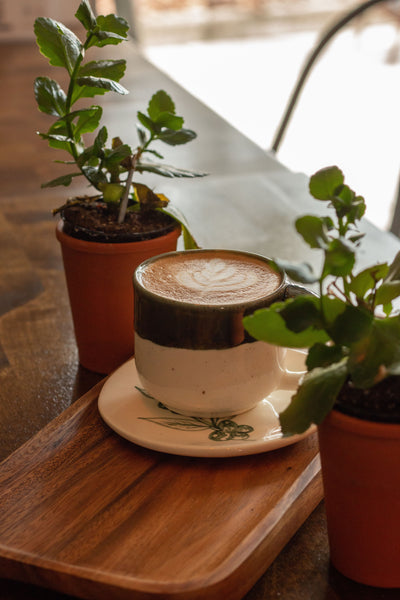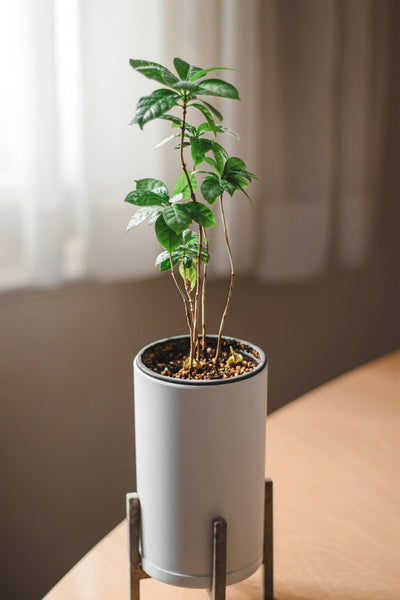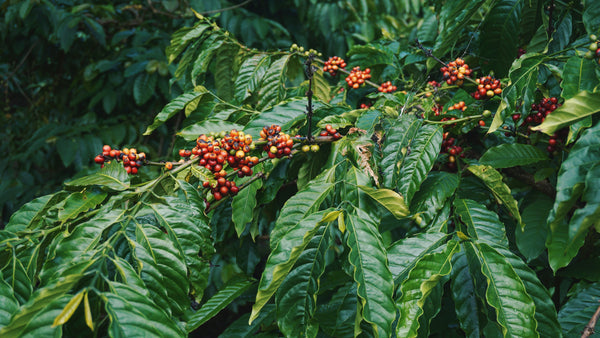Gardening enthusiasts and environmentally conscious individuals are constantly seeking sustainable practices to nurture their plants and gardens. A practice that has gained traction in recent years is the utilization of leftover coffee grounds as a natural fertilizer, offering a sustainable and eco-friendly solution for plant care. Furthermore, delving into the cultivation of coffee plants themselves can inspire a captivating hobby that intertwines gardening with sustainability.
Harnessing the Potential of Leftover Coffee Grounds
The discarded remnants of a morning cup of coffee possess hidden potential as a nutrient-rich fertilizer for plants. Coffee grounds, when used appropriately, can benefit plant growth and soil health in several ways:
Nutrient Boost: Coffee grounds contain essential nutrients such as nitrogen, potassium, phosphorus, and trace minerals, acting as a natural fertilizer when added to soil. These nutrients contribute to healthier plant growth and vibrant foliage.
Improving Soil Texture: Coffee grounds help improve soil structure by adding organic matter, enhancing drainage in clay soils and water retention in sandy soils. This fosters a healthier root environment for plants.
pH Regulation: Despite their acidic nature, coffee grounds, when composted or mixed with other organic materials, tend to neutralize and act as a mild acidic amendment, beneficial for acid-loving plants like azaleas and rhododendrons.

Utilizing Leftover Coffee Grounds as Fertilizer
Repurposing coffee grounds from your morning brew into a fertilizer is a simple and sustainable practice. Here's a step-by-step guide on how to use coffee grounds effectively in gardening:
Collect the Coffee Grounds: Accumulate used coffee grounds from your daily coffee routine. Avoid using large quantities at once; instead, gradually incorporate them into your gardening practices.
Composting: Mix coffee grounds with other organic matter in a compost pile or bin. This helps balance the nutrient composition and facilitates decomposition, creating nutrient-rich compost over time.
Direct Application: Apply coffee grounds directly to the soil around plants. Avoid forming large clumps; instead, spread them evenly and mix gently into the topsoil to prevent mold growth and allow for gradual decomposition.
Mulching: Use coffee grounds as a mulch layer around plants. This helps retain moisture, suppress weeds, and gradually release nutrients into the soil as they break down.
Rinse and Repurpose: After brewing coffee, rinse off the coffee grounds to remove excess coffee residues. This ensures a more balanced application and prevents any adverse effects on plants.

Exploring Coffee Plant Cultivation: A Gardening Adventure
Delving into the cultivation of coffee plants can be a fascinating and rewarding endeavor for gardening enthusiasts. Growing coffee plants not only provides a deeper understanding of plant care but also offers a unique connection to the origin of one's favorite beverage. Here's a guide to kickstart your

coffee plant cultivation journey:
Choosing the Right Variety: Opt for coffee plant varieties suitable for cultivation at home, such as Coffea arabica or Coffea canephora (Robusta). Consider factors like climate and space requirements when selecting the plant.
Ideal Growing Conditions: Coffee plants thrive in well-draining, acidic soil with consistent moisture and indirect sunlight. Maintain a temperature range between 60°F to 70°F (15°C to 21°C) for optimal growth.
Planting and Care: Plant coffee seeds in a pot with suitable soil and ensure regular watering without waterlogging. Prune the plant to encourage branching and apply a balanced fertilizer during the growing season.
Patience and Persistence: Growing coffee plants requires patience, as they can take several years to produce fruit (cherries) that contain coffee beans. Regular care, proper pruning, and patience are key to success.

Embracing Sustainability in Gardening Practices
The synergy between gardening, sustainable practices, and coffee grounds as fertilizers aligns with the principles of eco-conscious living. By incorporating leftover coffee grounds into gardening routines and cultivating coffee plants, individuals engage in sustainable gardening practices that benefit both plants and the environment.
Reducing Waste: Repurposing coffee grounds as fertilizers reduces organic waste and diverts it from landfills, contributing to a more sustainable waste management cycle.
Promoting Soil Health: The use of organic materials like coffee grounds enhances soil fertility, promotes microbial activity, and reduces the need for synthetic fertilizers, fostering a healthier ecosystem for plants.
Connecting with Nature: Engaging in gardening, whether using coffee grounds as fertilizers or cultivating coffee plants, establishes a deeper connection with nature and encourages appreciation for sustainable living practices.

Conclusion: Nurturing Plants with Coffee Grounds and Cultivating Coffee Plants
The utilization of leftover coffee grounds as a natural fertilizer and the cultivation of coffee plants present an exciting opportunity to merge gardening with sustainable practices. These practices not only contribute to the well-being of plants but also foster a sense of environmental stewardship and a deeper connection to the natural world.
As gardening enthusiasts embrace the art of using coffee grounds in plant care and explore the cultivation of coffee plants, they embark on a journey that intertwines their love for gardening with a passion for sustainability. It's a journey that celebrates the circularity of nature, transforming leftover coffee grounds into nourishment for thriving plants while fostering a deeper appreciation for the wonders of the natural world.








